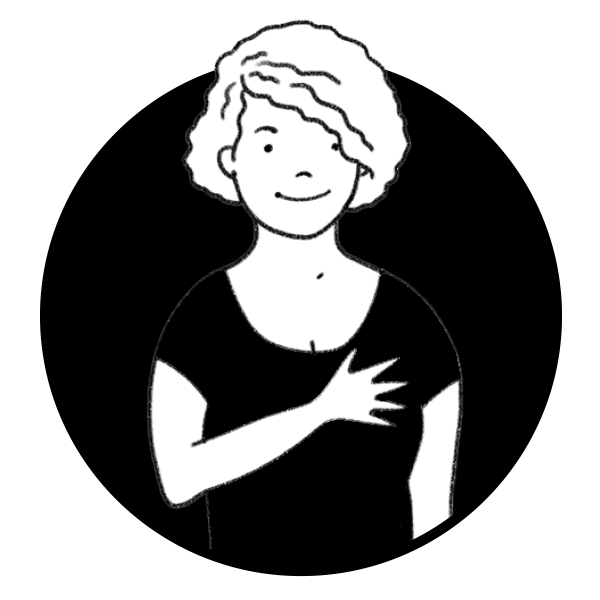Over the last year some of our remote presentations have gone really well and others less so…
… and that got us talking about what makes for a good remote debrief. It’s definitely possible, it’s just not easy.
One of the biggest differences in achieving success has related to how the client approaches the session. Debriefs that have gone well for us have involved the client team actively using the chat function throughout. Using the chat function means that as ideas and questions emerge throughout the course of the presentation, they are captured. But more than that they keep people engaged – with what’s being said – so they can dive in with an appropriate comment, but also with each other. Being able to capture quick ideas in this way feels better than face to face encounters…
A recent debrief that went rather well, even if we say so ourselves, was also clearly not just all about us. Again, the attendees: clients and their creative agencies were all highly engaged and willing to share thinking and build ideas as we went along. The difference seemed to be that this project was focused on optimising a range, its pack, communication for an imminent launch. Everyone was engaged because the research was being used for live decision making, and so the debrief was really the focal point for conversations around ‘what needs to be done to make this a success?’.
One final success example very much involved the client too – this time by doing a complete debrief dry-run with us before we went live. It was a high pressure debrief – we were ‘broadcasting’ to a big audience, so the rehearsal was pretty vital, and it showed us what worked well remotely and what needed tweaking… the client was also able to see how the content was going to feel for her audience, and she was also able to direct them about what to expect in the presentation – and to big it up!
We’ve also learned to work on:
- trying to only have one idea on the page – it’s harder to follow slides that are laden with too much text
- perhaps counter intuitively (because of the risk/ difficulty) to use a lot of video and photos… to ‘show’ more and ‘tell’ less (a bit of light relief from hearing the presenter drone on…)
- to keep our energy up and to try to cut, cut, cut so that only what is needed is said
- it’s important too to think about the ‘shape’ of the presentation: giving people a soft-landing/ easy way into the presentation and limiting complexity
Not all of our presentations have been brilliant – we’re still learning how to do remote really well. It’s uncomfortable to think of the not-so-good ones… but they were generally when:
- we had difficult/ complicated ideas to explore – it’s hard to ‘read’ the audience when you are shouting into the void, and to know if you are nailing harder thinking
- long debriefs – more than an hour and a quarter chat time
- we were less connected to the audience – and they stayed anonymous
- the audience had poor on-line etiquette – were clearly doing other things!
- the technology let us down
However, some presentations have been great – better even than face to face ones – because they’ve given the client back time, let as many people as needed see the presentation – created the ‘think out loud’ dynamic via chat, or encouraged real ‘team-think’.
This remote business can work!



